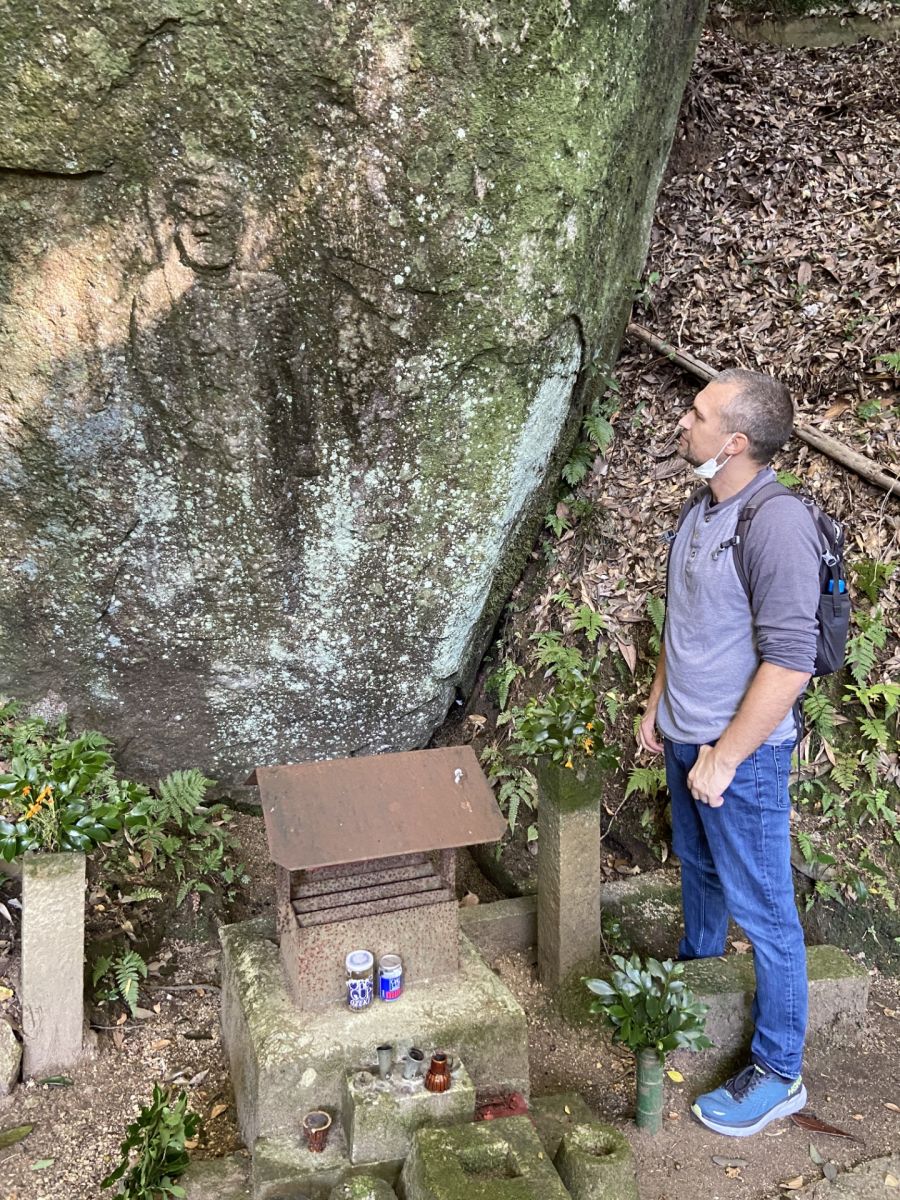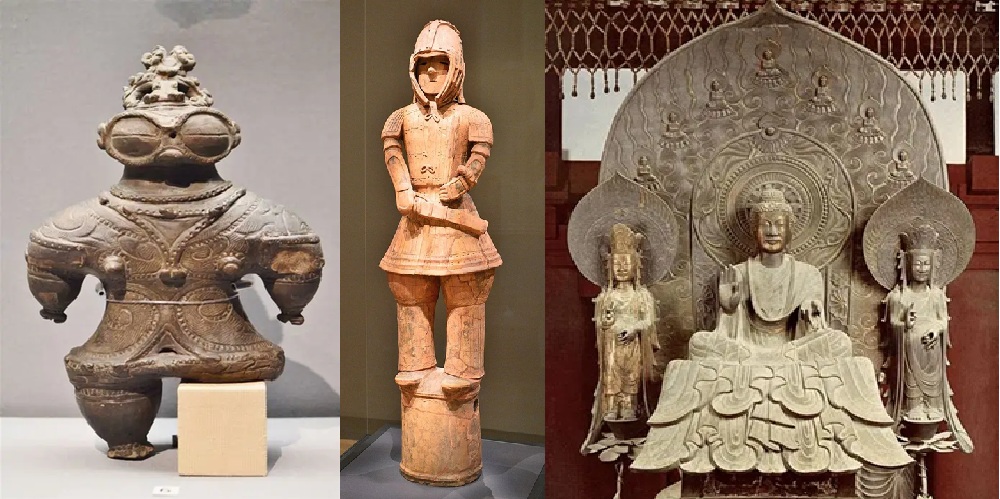

The ingenuity and creativity of the people living in pre-Buddhism Japan can be seen in their surviving pottery and metalwork. From the enigmatic dogū to the dynamic haniwa, early Japanese aesthetics quickly developed alongside its civilization. Then, Buddhism entered the archipelago in the sixth century CE, bringing with it a new tradition of sculpture that would invigorate sculpture-making in Japan.
This is the first session of six monthly classroom-style lectures that trace the historical development of sculpture in Japan. These lively conversations explore Japanese sculptures from various time periods and mediums through in-depth explanations about how and why they were made. Participants will also encounter obscure topics related to sculpture-making in Japan.
| Date | Topic | RSVP Link |
| November 12, 2025 | Before and During the Asuka Period | RSVP |
| December | Nara Period | --- |
| January 2026 | Heian Period | --- |
| February | Kamakura Period | --- |
| March | From the Muromachi to Edo Periods | --- |
| April | Modern and Contemporary Sculpture | --- |
 Michael VanHartingsveldt
Michael VanHartingsveldt
A PhD candidate in Art History at the University of Kansas, Michael VanHartingsveldt is currently writing his dissertation about the Buddhist sculptor profession in medieval Japan. He has curated exhibitions, taught university courses, and presented public lectures about Japanese visual culture in California, Kansas, and Japan, and is now working as an Art and Culture Program Officer at the Japan Foundation, Los Angeles.
